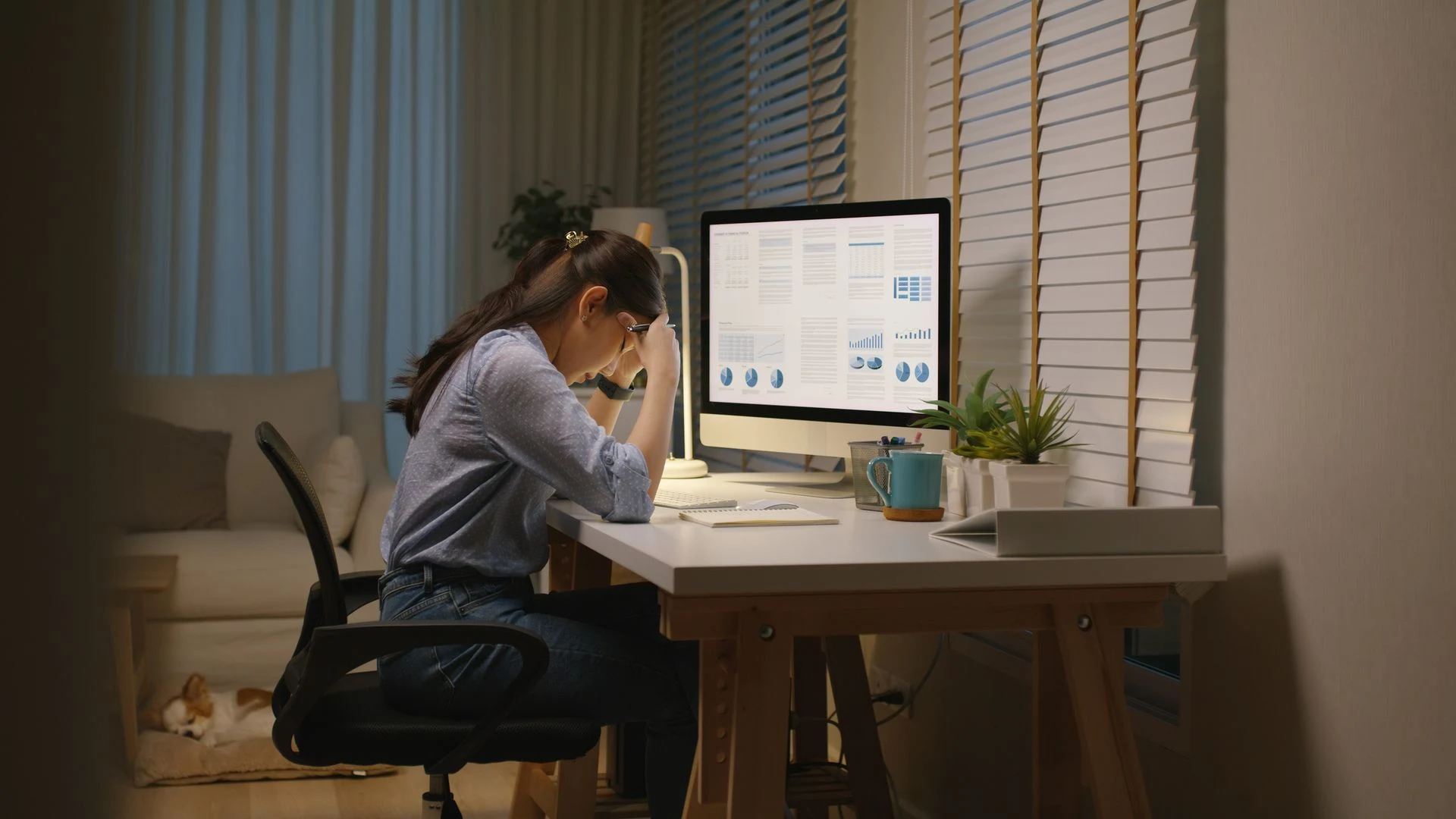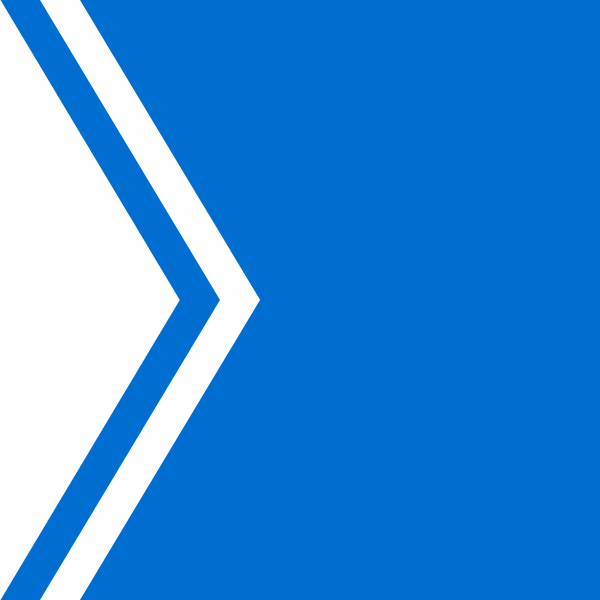By Chloe Couchman
Copyright hellomagazine

Whether for work or personal use, screens play a big part in modern life, and with stats showing that we spend an average of six hours and 38 minutes a day on screens across various devices, it’s no wonder many of us are feeling the effects. For some, this can result in digital burnout, with both mental and physical symptoms that indicate we may need to take a break from screens to recharge and recover. But what exactly is digital burnout and what are the signs you may have it? We asked the experts for all the details…
What is digital burnout?
“Digital burnout is the combination of physical stress, emotional exhaustion, and mental fatigue that comes from chronic overuse of our electronic devices at work or in our personal lives,” Dr. Diane Zelman, a Professor of Clinical Psychology at Alliant University, says. Digital burnout can present itself in many different ways, leading to cognitive symptoms such as brain fog or slower thinking, emotions such as irritability or overwhelm, and physical symptoms including headaches and digestive discomfort.
6 early signs of digital burnout
Constant screen fatigue and headaches
If you constantly find yourself experiencing eye strain or headaches when you’ve been using screens a lot, it could be an indication of digital burnout. “Physical strain can include eyes that are irritated or unfocused from screens, or from bad posture from overuse of mobile phones and prolonged sitting,” Dr Diane says.
Disrupted sleep from screen use
Meanwhile, our sleep can also be negatively affected by our reliance on screens. “Overuse of our electronic devices can make us keyed up and unable to relax and get to sleep at night, overriding our natural circadian rhythms and sleep needs,” Dr Diane explains. “Usually, two to three hours before our bedtime, as outside light levels drop, natural melatonin is released to our brain, preparing us for sleep. Staring at a bright screen in the evening signals ‘wake up!’ to our brain at a time when it should be helping us to chill out. Too much time interacting with screens may distract us from the sharing, comfort and security we get from interacting with those we love – these are all part of creating a comfortable environment that welcomes sleep.”
Anxiety when offline
If you’re starting to feel anxious when you’re not using screens, it may also be a warning sign that a digital detox is exactly what you need. Dr Diane Zelman explains: “Long hours in front of a computer and constant engagement and multitasking with emails and social media start to feel necessary. As is the case with so much change, we need to start by recognising there is a problem.”
Reduced concentration/doomscrolling
Doomscrolling through news sites or social media as a distraction or instead of focusing on work, even when it negatively impacts your mood, may also be an indication of digital burnout. “Behaviourally, you may find yourself doom-scrolling even though it worsens your mood, struggling to disconnect from work, or withdrawing from offline relationships,” Dr. Shahrzad Jalali, a licensed clinical psychologist, says.
Irritability tied to online overload
Digital burnout can also lead to other emotional struggles. “Emotional exhaustion can include being irritable, reactive or apathetic,” Dr Diane says.
Loss of joy
Dr Shahrzad also lists “feeling flat or joyless” or “sudden waves of overwhelm” as another sign that digital burnout may have taken hold.
When it’s time to step away
With screens such a big part of our daily lives, taking a digital detox may seem like a drastic step. But Melissa Painter, founder of Breakthru, says that even a couple of minutes away from your screens can be enough to reset when you’re showing the early signs of digital burnout.
“Sitting still drains energy, drops metabolism, and depletes focus. Just two minutes of movement and breath can restart both brain and body. And while the research is clear, the practice is simple: pay attention to the signals and respond with small resets,” Melissa says. “Breakthru was designed to make that practice easier – guiding people through immersive, two-minute microbreaks that bring movement, breath, and even nature to your desk.”
So how do you know when it’s time to take a microbreak? “Listen to your body. A racing mind, clenched jaw, or tingling legs aren’t random — they’re signals you’ve maxed out your focus,” Melissa explains. “Stand up often. Breaking up long sitting spells improves memory, information processing, and cuts fatigue. Two minutes is enough. Just two minutes of movement and breath can restart your metabolism, sharpen attention, and fuel focus for hours.”
She adds: “Notice your screen fatigue. The moment you feel like you can’t step away is usually when you need a break the most.”
Some ideas of how to spend your break away from screens include looking at nature, going for a walk or trying new physical skills. Most importantly, you should make taking breaks a habit, so they soon become second nature. “Treat breaks like a muscle. With steady practice, you recover faster and rest more deeply,” Melissa concludes.
How to recover and rebalance
When it comes to recovering from digital burnout, Clinical Psychology Professor Dr Diane Zelman encourages some reflection to recognise when it’s time to take action. “I recommend people spend some time with their eyes closed, reflecting on how they are feeling physically and emotionally, and deciding if they really will feel more productive and happy if they spend more time on their devices,” she says.
“If not, I recommend some personal experiments – take stretching breaks during the workday, communicate by a phone call rather than on screen, turn off electronics two hours before bedtime, and just observe the impact of small changes in their daily habits. Usually people find that breaks from technology do not negatively impact their productivity. These breaks instead help them to finish the day more awake and satisfied.”
Dr Shahzarad agrees. “Recovery is not about abandoning technology but about rebalancing our relationship with it. The first step is to reduce constant stimulation. Begin by turning off all non-essential notifications for a week. Then create set ‘digital windows,’ such as checking emails and messages twice a day rather than every ten minutes. This reduces the micro-interruptions that keep your nervous system on high alert,” she says, as well as recommending somatic grounding – such as breathwork – and reflecting on why you may be relying on screens so much, as ways to rebalance.
“Ask yourself what needs you are meeting online. Is it connection, validation, distraction? Then go deeper: What are you avoiding by staying constantly plugged in? Jung called these hidden pieces the shadow, and by acknowledging them, we reclaim parts of ourselves left behind in the digital rush,” she says.



